So, you’ve heard someone at your gym or in your circle of friends laud the Texas method. They may have talked about how it maintains a tenable level of progress long-term without being that complicated to approach. It’s also not something that occupies all of your free time, which a lot of exercise routines tend to have a bad habit of doing. Sounds freakin’ great, doesn’t it?
Well, yes, the Texas method is great, and we’re going to talk about it today. However, before we do, I want to smack some sense into everyone about progress, fitness goals, the human body’s limits, and the impact of age. And yes, there’s a lot of psychology involved too. Pay attention; this is important, alright?
The Progress Curve
Progress in most things is not a constant, upward slope. This goes for any discipline, including fitness. When you start out, progress will probably be slow, depending on how inexperienced and out of shape you happen to be. The body has to reach a certain base condition before actual positive growth can be achieved at a steady pace.
If you start out overweight and having lived a mostly sedentary lifestyle, you’re going to have a lot stacked against you going in, both physically and mentally. Chances are the soreness that you feel, compared to the gradual weight loss that precedes any real muscle building, might feel discouraging on the outset.
This is one of the two walls you will hit in your fitness journey, that first push to get to where you can see progress. Of course, once you get past a week or two of regular exercise, weight loss becomes a tangible, perceptible thing. You will start to feel, most likely, a sense of accomplishment and progress.
Your ultimate goal, though, of becoming ripped? That’s a ways off yet, and some may find just the weight loss insufficient of a progress indicator if their eyes are that focused on the prize. Honestly, there’s no magic trick to getting past this initial barrier. Let your friends and fitness professionals motivate you and have your back on this, and just bite the bullet, frankly.
After this, you’ll start to see some pretty solid, linear progression of strength, endurance, and visible results. You’re not out of the woods, though, because the more progress you make after a point, the slower your progress will become.
We’re all familiar with the cliché Kung Fu master in martial arts movies, who can catch flies with chopsticks and extinguish flames with the wave of a hand. They can move at seeming light speed, and despite often being tiny older men or women, they can fell a warrior the size of an SUV with no effort. These people are real, albeit rare, by the way. Where does a master go from there? They talk about there is always more to learn, more discipline to master, but seriously, what?
This is a problem you will encounter in fitness and muscle-building too. The more ripped you become, the less ripped you can become from there, because the body has limits, and progress slows. This fact can frustrate people, especially those with a mental profile where “there is no end goal, only forever improving” is their mantra. After a point, it becomes maintaining a physique, rather than building one. This can be frustrating for some.
Youth and the Novice Effect
Let’s get a little more into the impact of age and that sense of progress here. When you’re young, your body can be programmed a lot more easily. In short, youth makes you more adaptable, more malleable mentally, and allows for insane recovery times. Older people tend to lose this, even if they’re healthy for their age.
This means that if you start out with a fitness routine before the age of say, forty-five or so, you’re going to find the initial hurdle discussed above to be less of a problem. Your progress will be much more rapid and less agonizing. You’ll find yourself with a longer journey before hitting that second wall, or rather ceiling, where progress grinds to a halt as well. You may not be getting taller anymore, but your body is still willing to grow, to improve.
This couples with the novice effect, which can create a third barrier we didn’t discuss previously. With the novice effect, assuming you’re not significantly overweight or “soft” starting out,
progress sets in quickly and seems easy at first.
You add a little weight at a time here and there, you increase your reps gradually, and you tackle exercises of complexity on a manageable curve. You may wonder how anyone in passable shape finds it so hard to achieve that ripped look. Seriously, this can be a little painful and challenging, but you can handle it!
That’s a good mentality to try to keep in your head within limits, but the novice effect wears out after a month or two. The difficulty curve will spike dramatically for you, which is where a lot of people give up if they didn’t surrender to the initial entry barrier. This is also where progress’s slowdown first rears its ugly head, albeit very mildly. Again, if you hit this wall, all you can do is power through it and hope that your friends and professionals have your back. There’s just no way to magic away these periods where you’re forced to question things and evaluate your resolve.
The Future
So, congratulations, you’ve gotten past that entry hurdle. You didn’t let the dimming of the novice effect stop you, and you’re well into more advanced fitness and muscle building. The nature of any progress curve means that at some point you’re finding yourself doing more maintenance of what you’ve got than furthering your physique. What now?
There’s always room for more progress; it just may be slower. This is where the Texas method is an excellent approach. What exactly is the Texas method? It’s a three-day-per-week regimen. On Monday you do high volume, Wednesday you do recovery, and Friday you do high-intensity. This breakdown covers the three aspects of the workout – building, maintaining, and endurance/weight gain prevention.
A quick note – the Monday-Wednesday-Friday schedule is based on the common denominator schedule of average 9-5 weekday workers. If your schedule is different, the specific days of the week don’t matter. It’s about the spacing, which should be one day on, one day off, etc. for maximum effectiveness.
Monday – The Volume Day
Something important to remember is that you don’t build muscle from lifting, but rather from your body’s recovery from there. In other words, the lifting induces the process that builds muscles; it doesn’t directly cause it. Achieving a happy medium of weight and reps for Monday is much more important than a lot of reps with too little weight, or too few reps due to extreme weight. Pace yourself, don’t be stupid, in simple terms.
Ideally, you want to do squats at 5×5 at 90% of 5RM, bench presses or overhead presses at 5×5 at 90% 5RM, and deadlifts at 1×5 at 90% of 5RM. This sounds easy, doesn’t it? Especially if you’re at a level of progress where the Texas method is most suited. Well, it is simple. It’s volume for Wednesday recovery, not an intense workout to break you.
Remember that you should never do deadlifts or bench presses alone!
Wednesday – The Recovery Day
On Wednesday, your body is in the process of recovering from Monday’s volumetric abuse, and this is when your body builds muscle to heal. However, to properly mitigate and manage this recovery, you need to perform more exercises. Recovery exercise is somewhat unique.
You should do more squats, at 2×5 at about 80% of Monday’s weight. You should do overhead presses/bench presses – the alternative to whichever you did Monday, at 3×5 at 90% of Monday’s previous 5×5 weight. Do some chin-ups at three times your body weight, and finish with back extension or glute-ham raises at 5×10.
You do more, varied exercises, but notice they’re lighter, designed to guide that body recovery. Don’t overdo it on Wednesday, as intensity or volume at this stage is counterproductive.
Friday – The Intensity Day
Friday is similar to Monday, with slightly increased intensity versus volume, and this is done to wrap up your induction and recovery and create tone and further body programming. This stage is a little more of a complex concept. Just know that it’s important to cement what you did on Monday and Wednesday. It’s also important to provide a little more maintenance and reduce that downtime gap where things can undo themselves.
You should do warm-up squats at 5RM, followed by either the bench press or overhead press you did Monday at a new 5RM. Finish with power clean or power snatch techniques at 5×3/6×2. This isn’t as demanding as Monday but is clearly more intense and strenuous by length.
Conclusion
Something to remember is that those ripped athletes by whom we tend to set our goals, don’t consider complex exercise routines to be the same as effective ones. Simplicity is often the best option. There were ripped people before sophisticated equipment or fitness concepts, after all.
Remember to pace yourself, stick to your limits, and play the patience game. To learn more about this discipline and other advanced progress approaches like it, follow us on Facebook today!
The post What Is The Texas Method Workout? appeared first on Gaspari Nutrition.


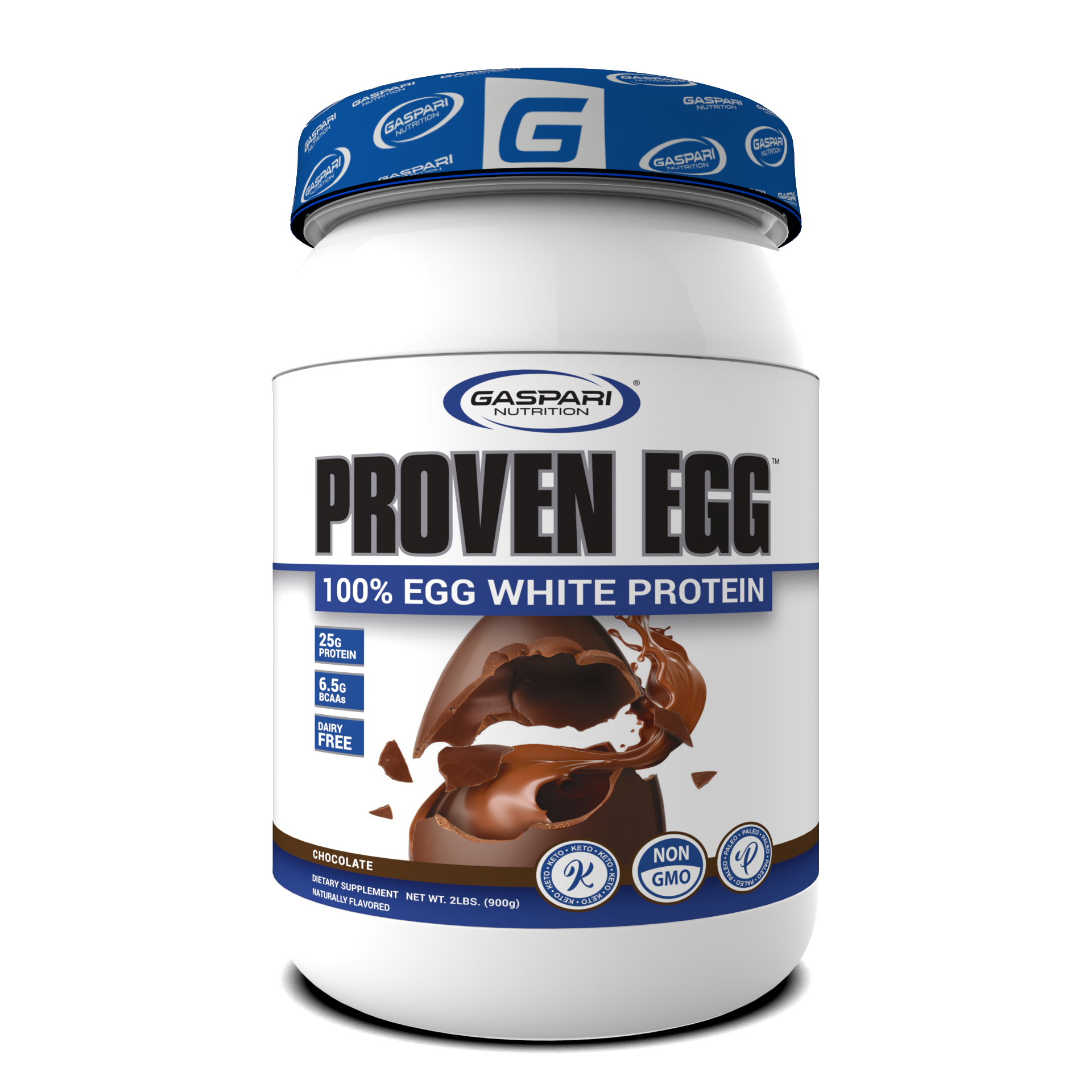




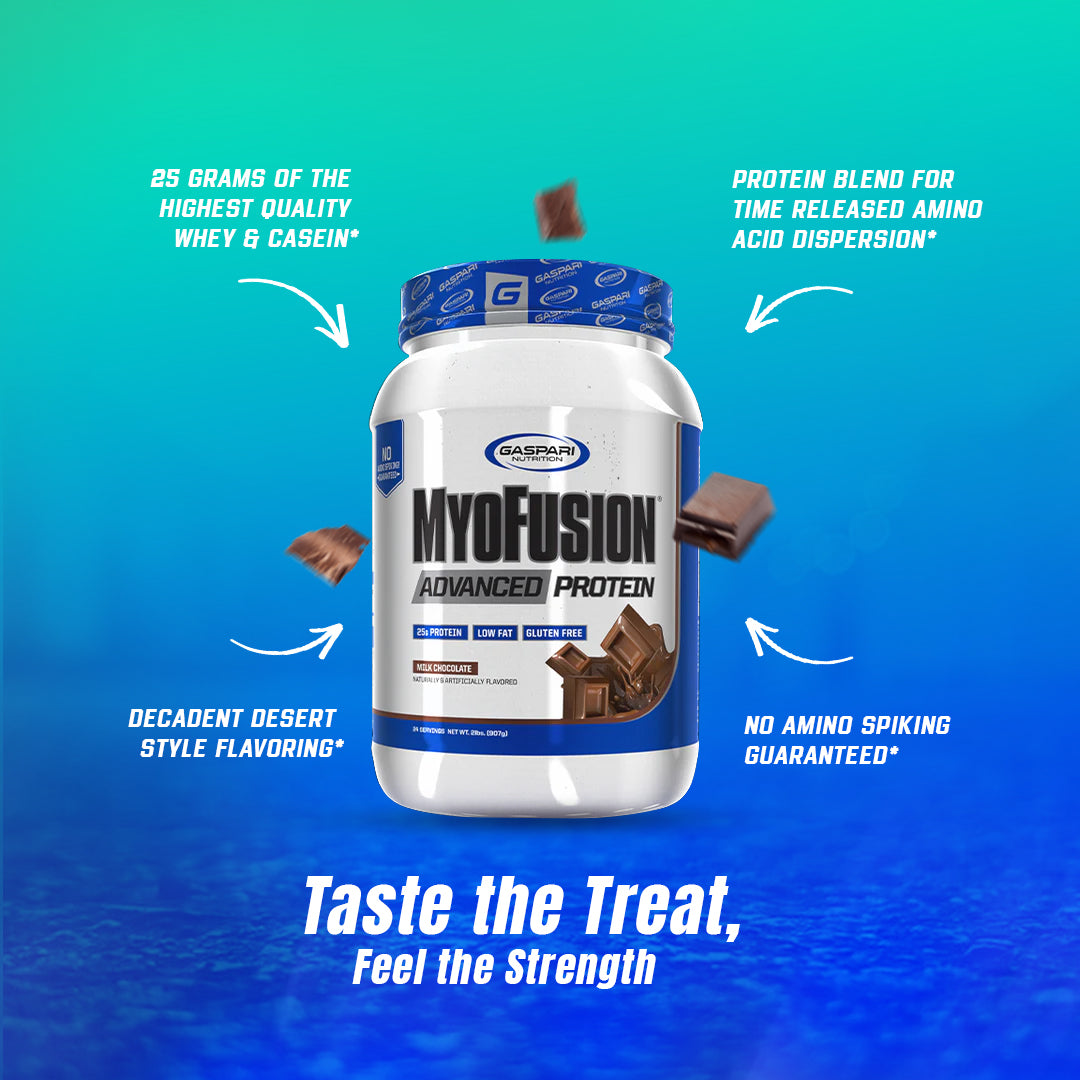

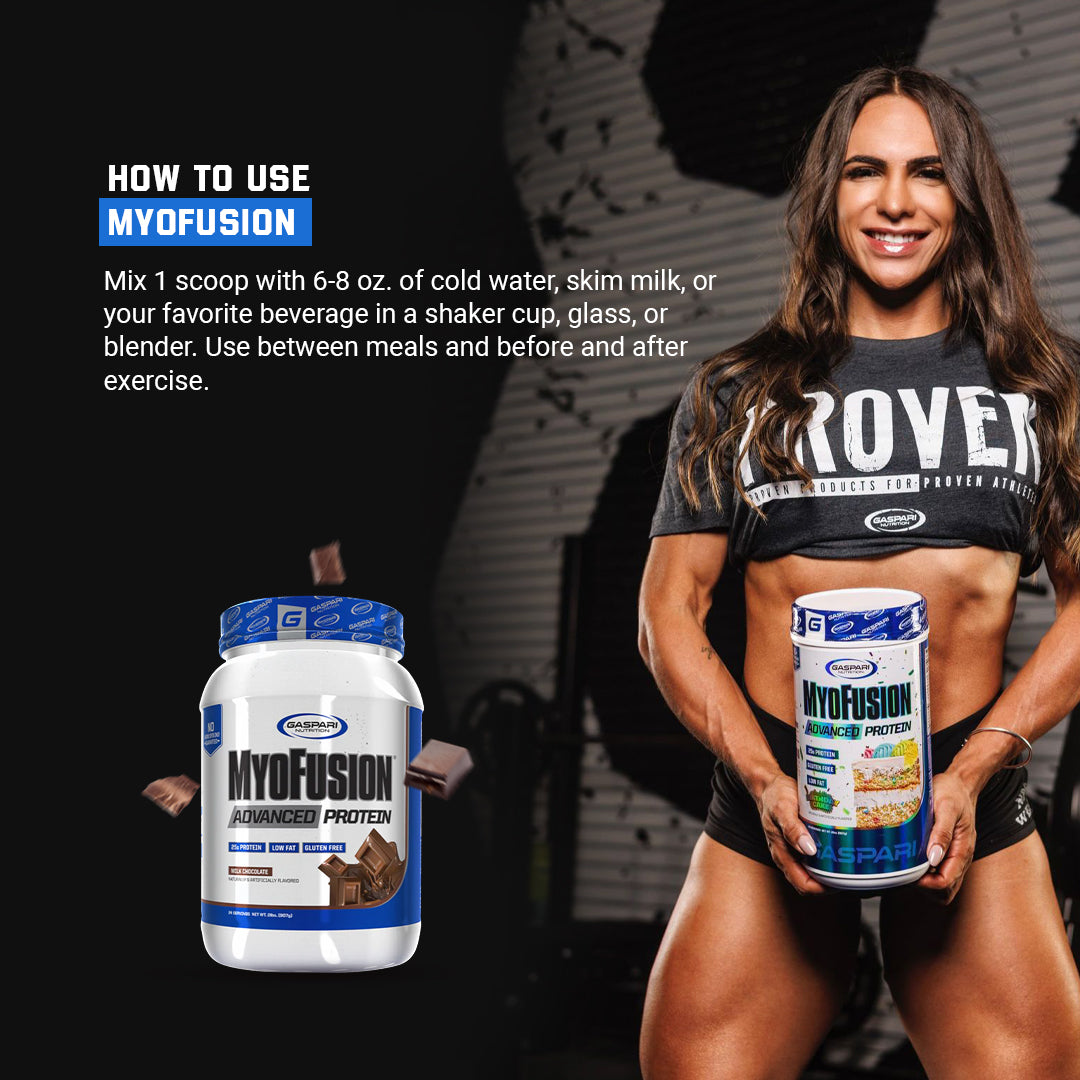





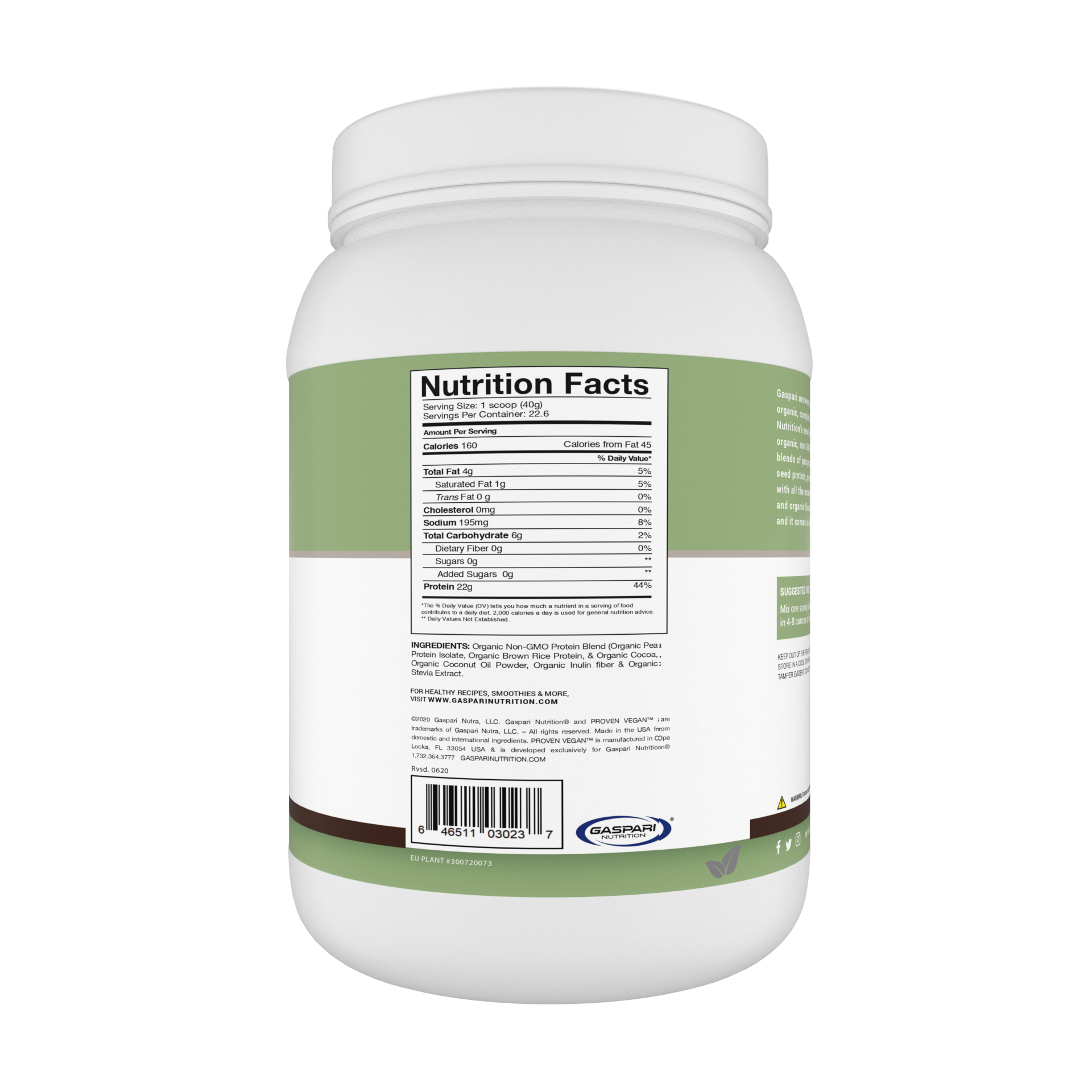

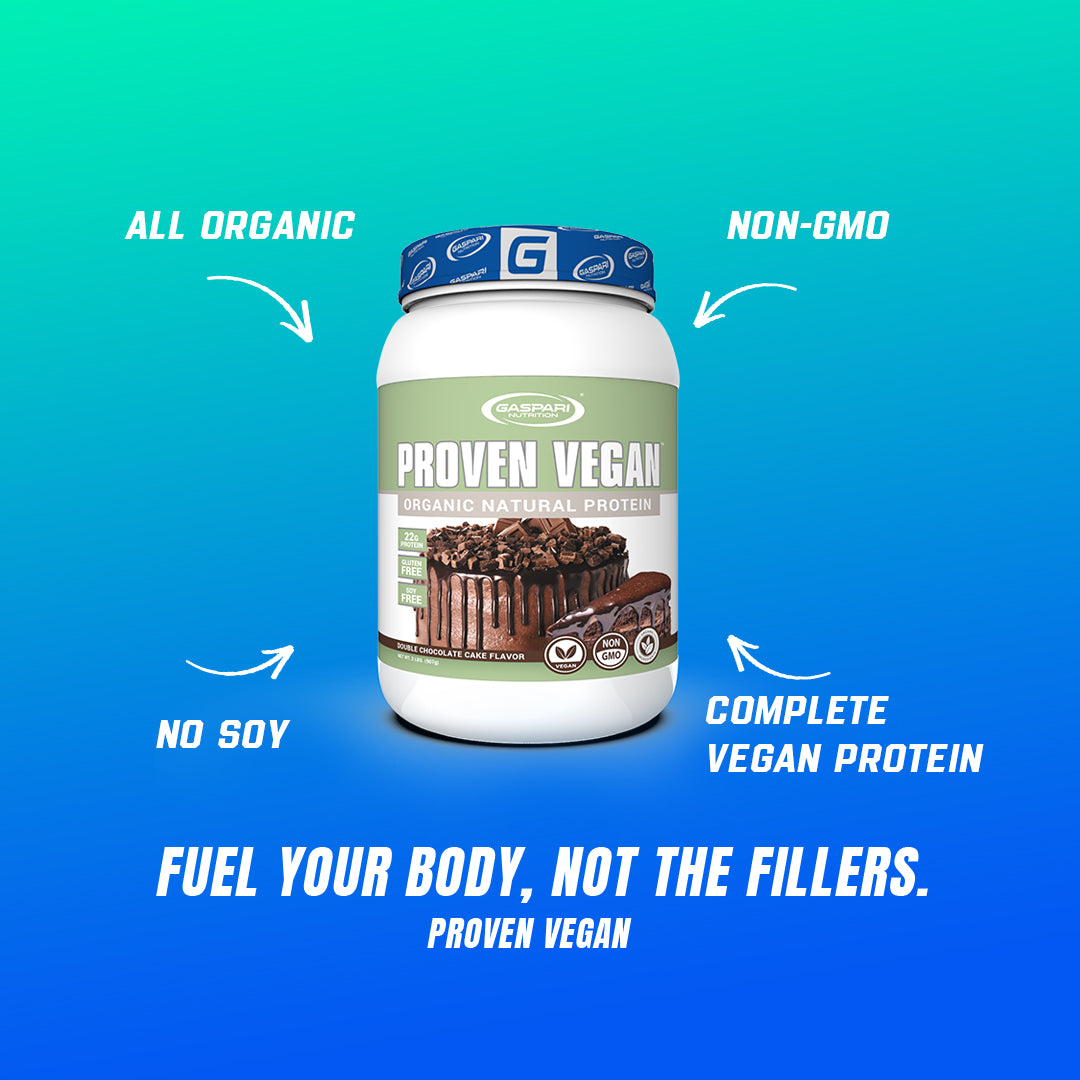
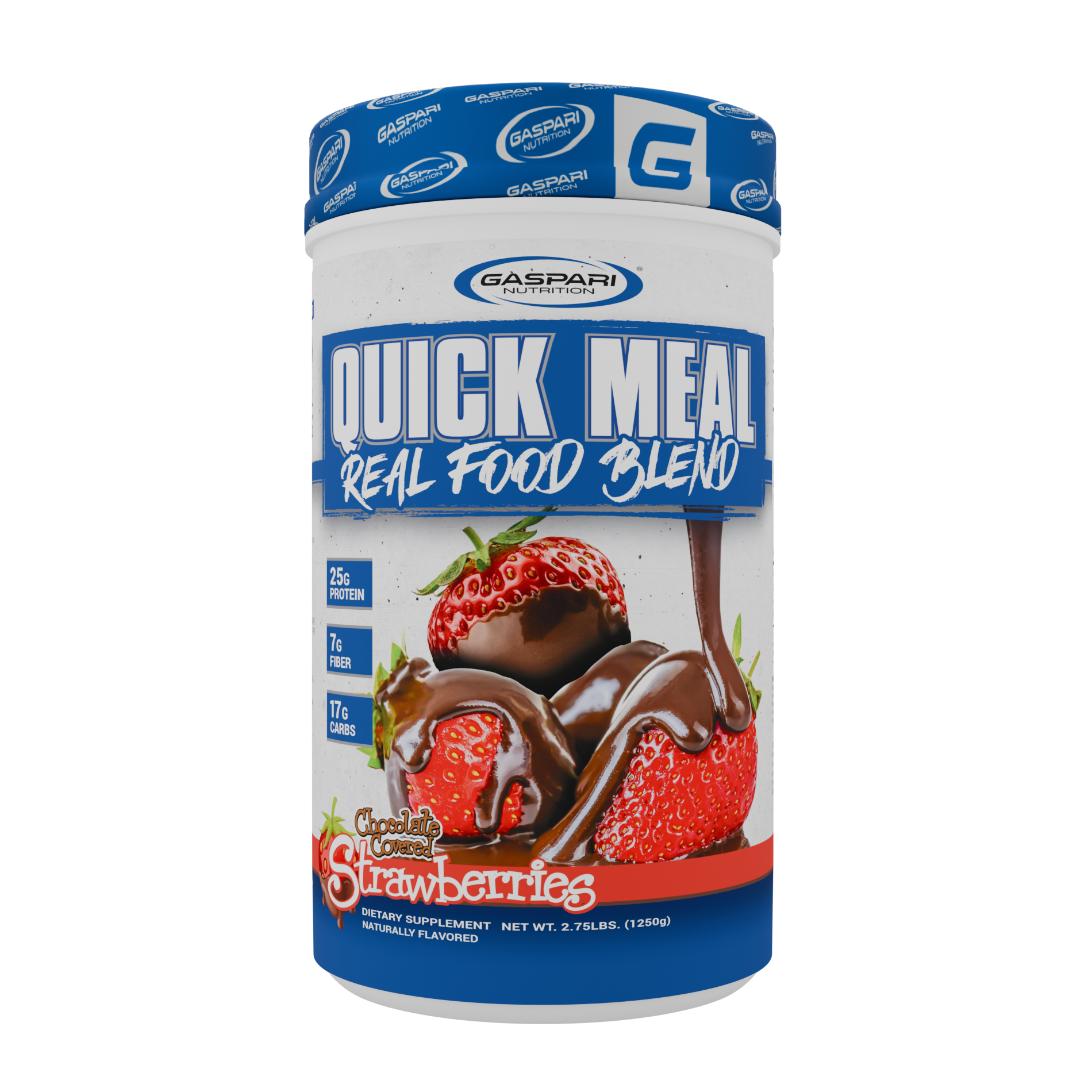


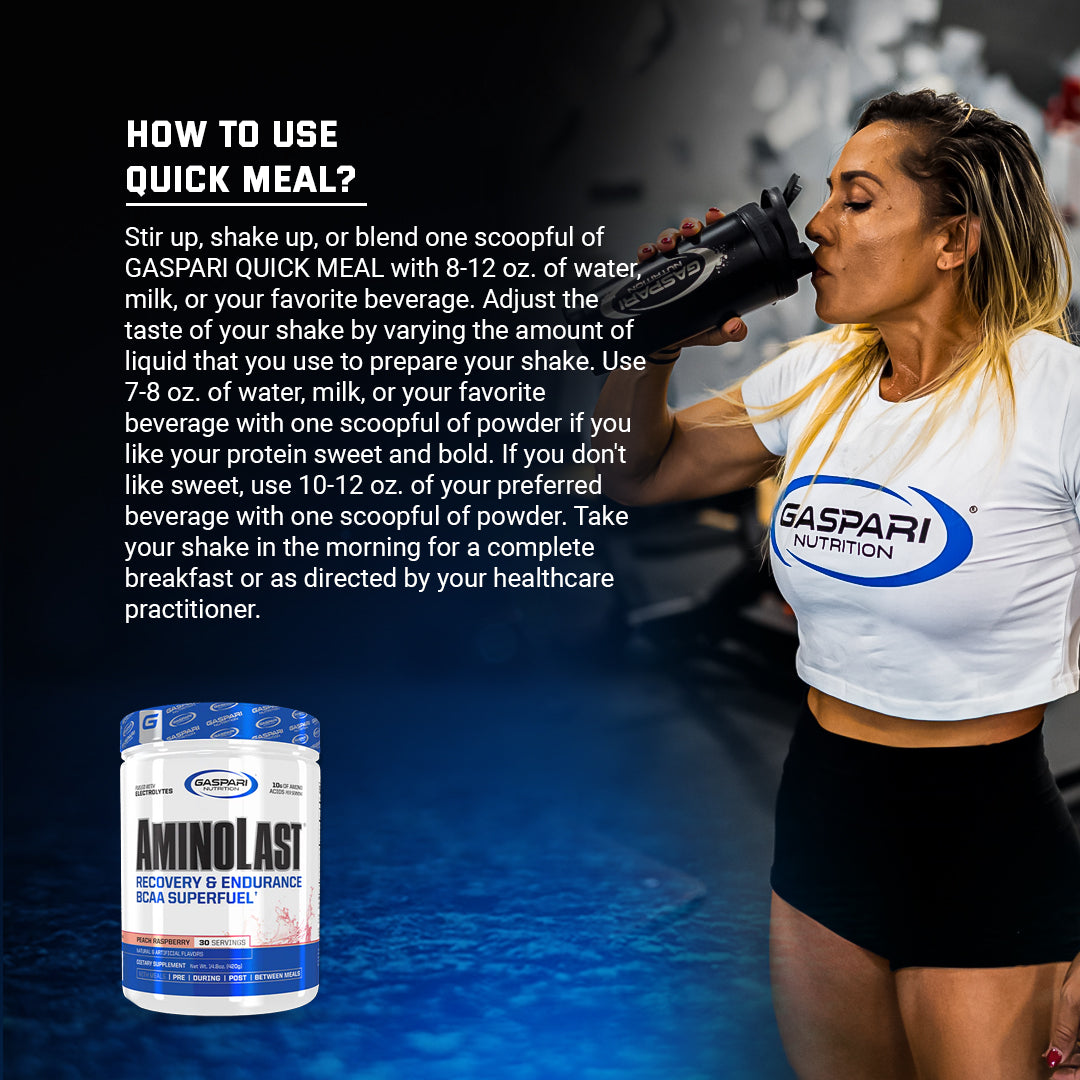
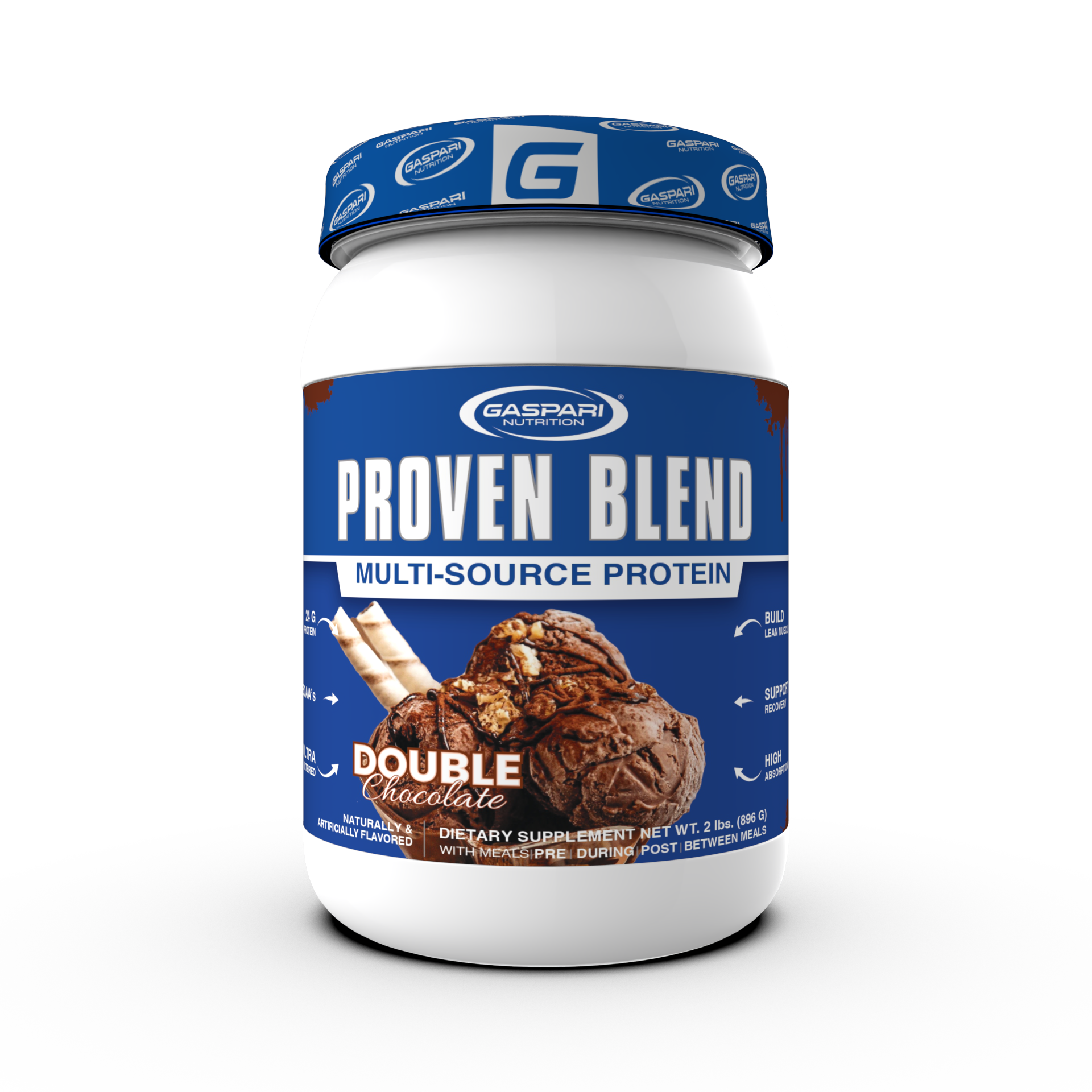
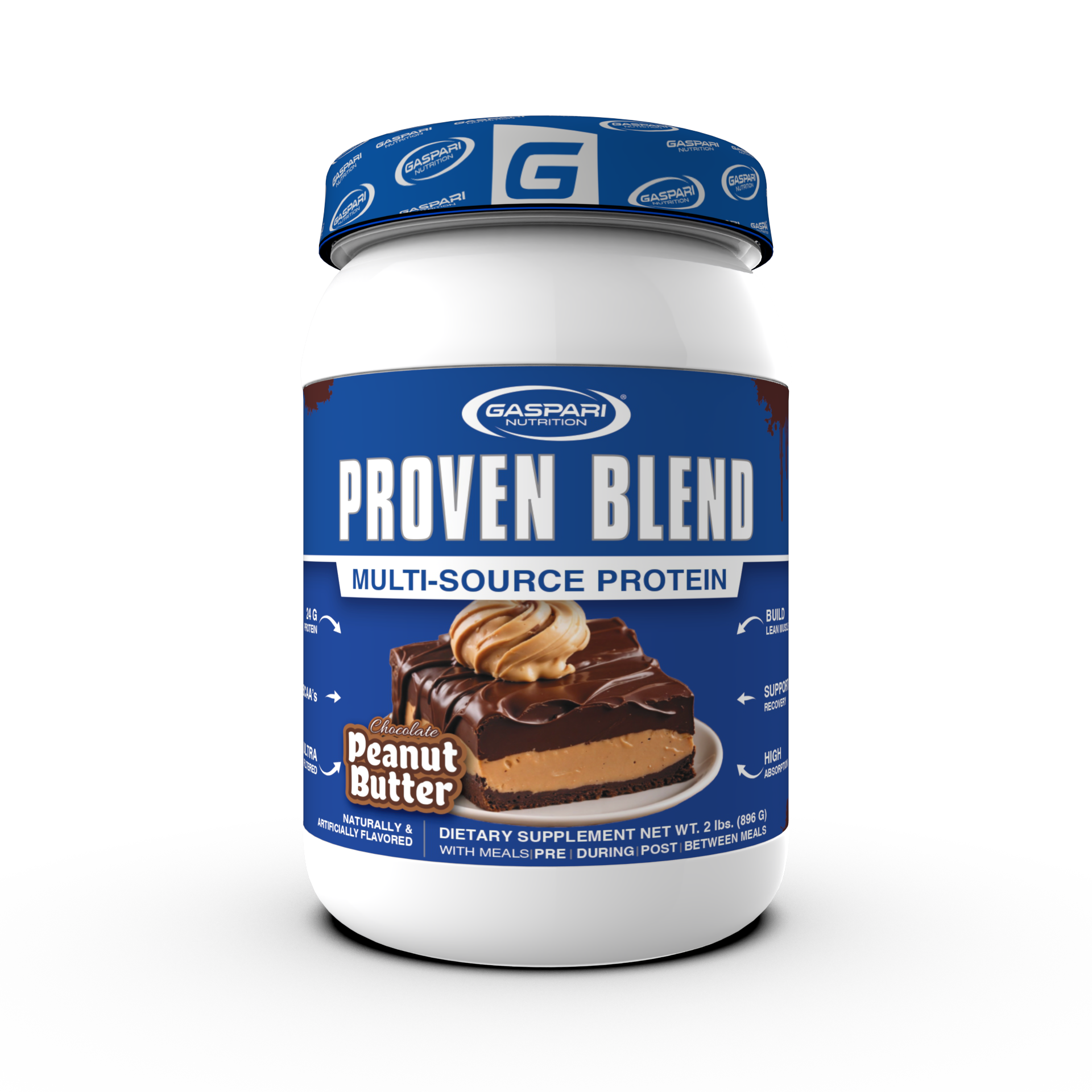


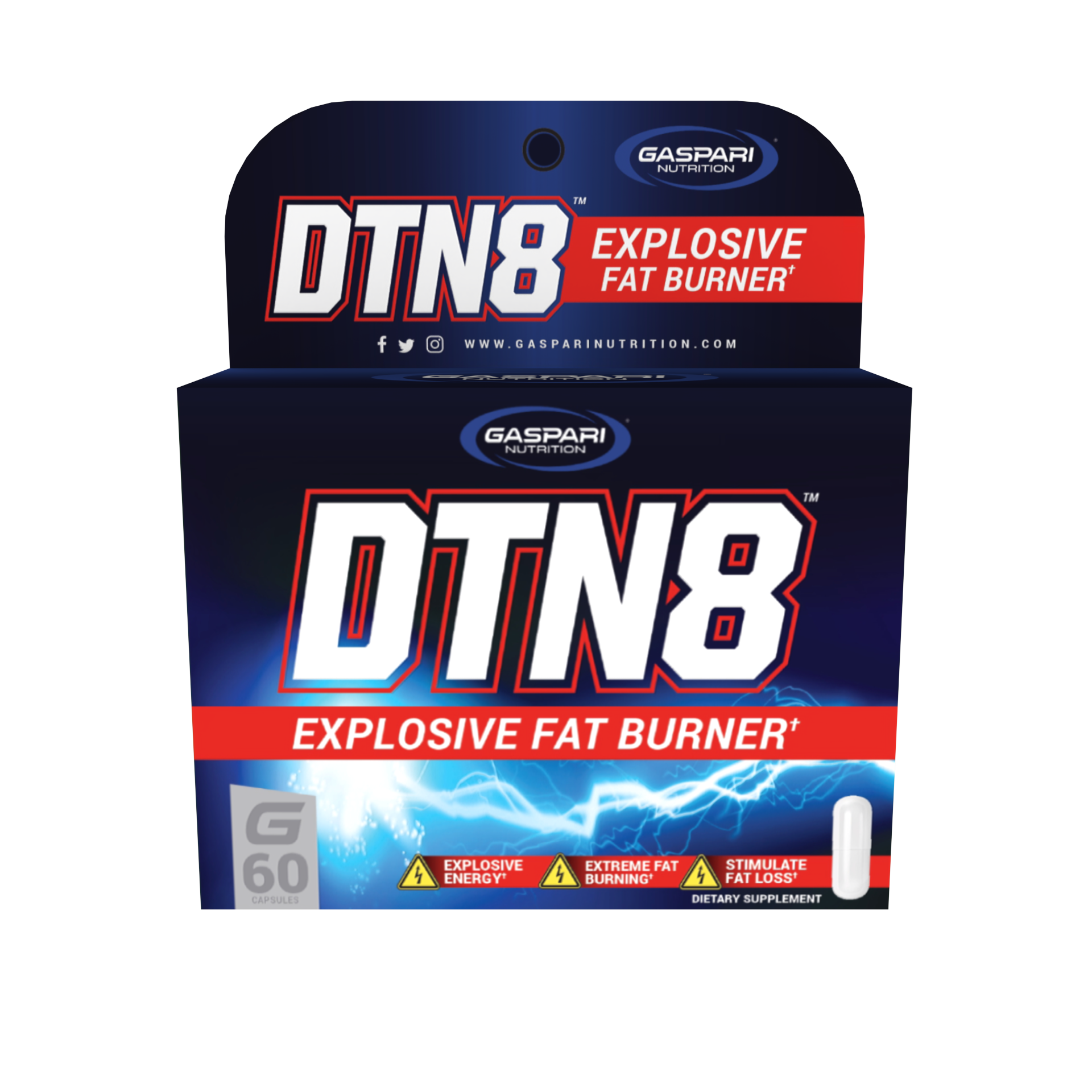






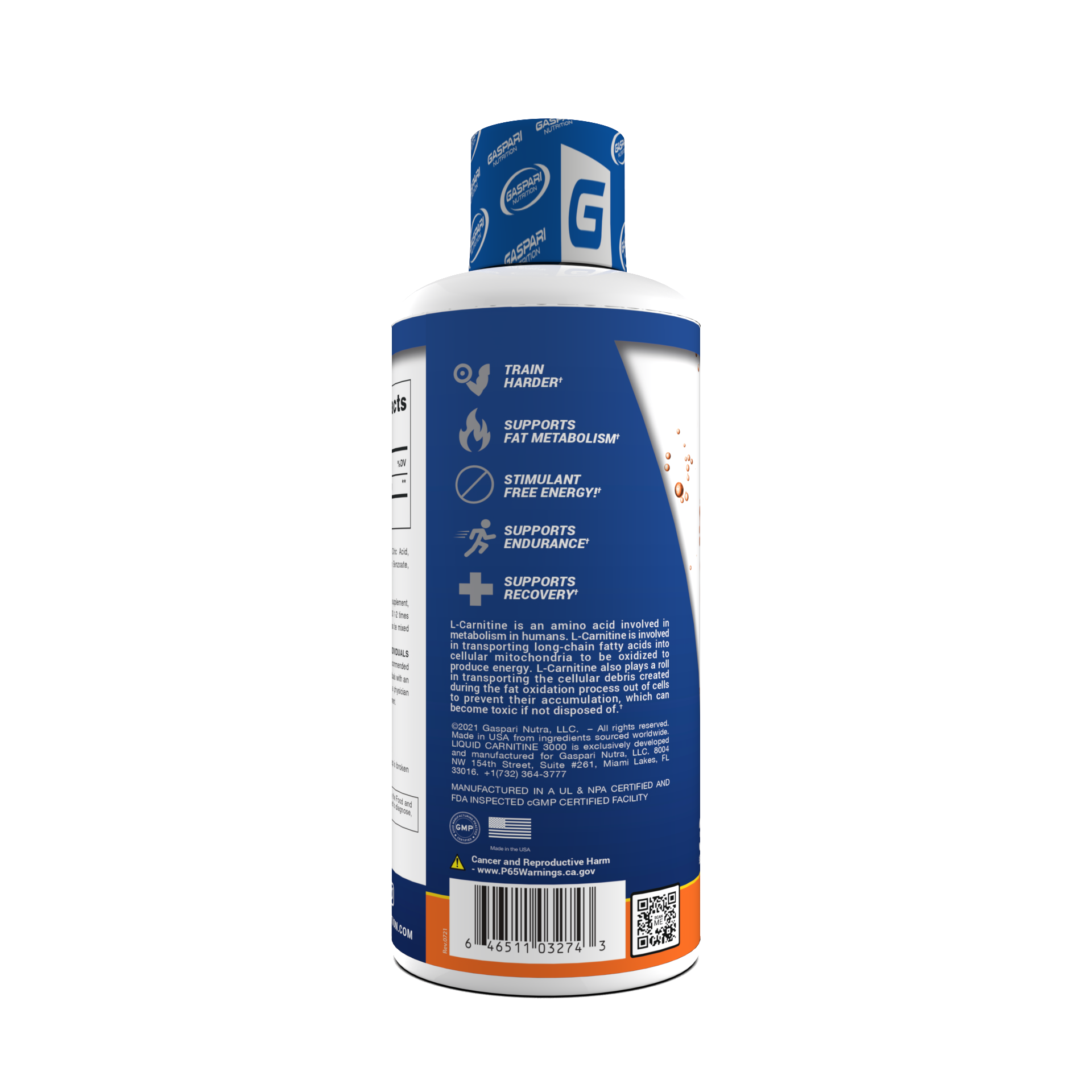

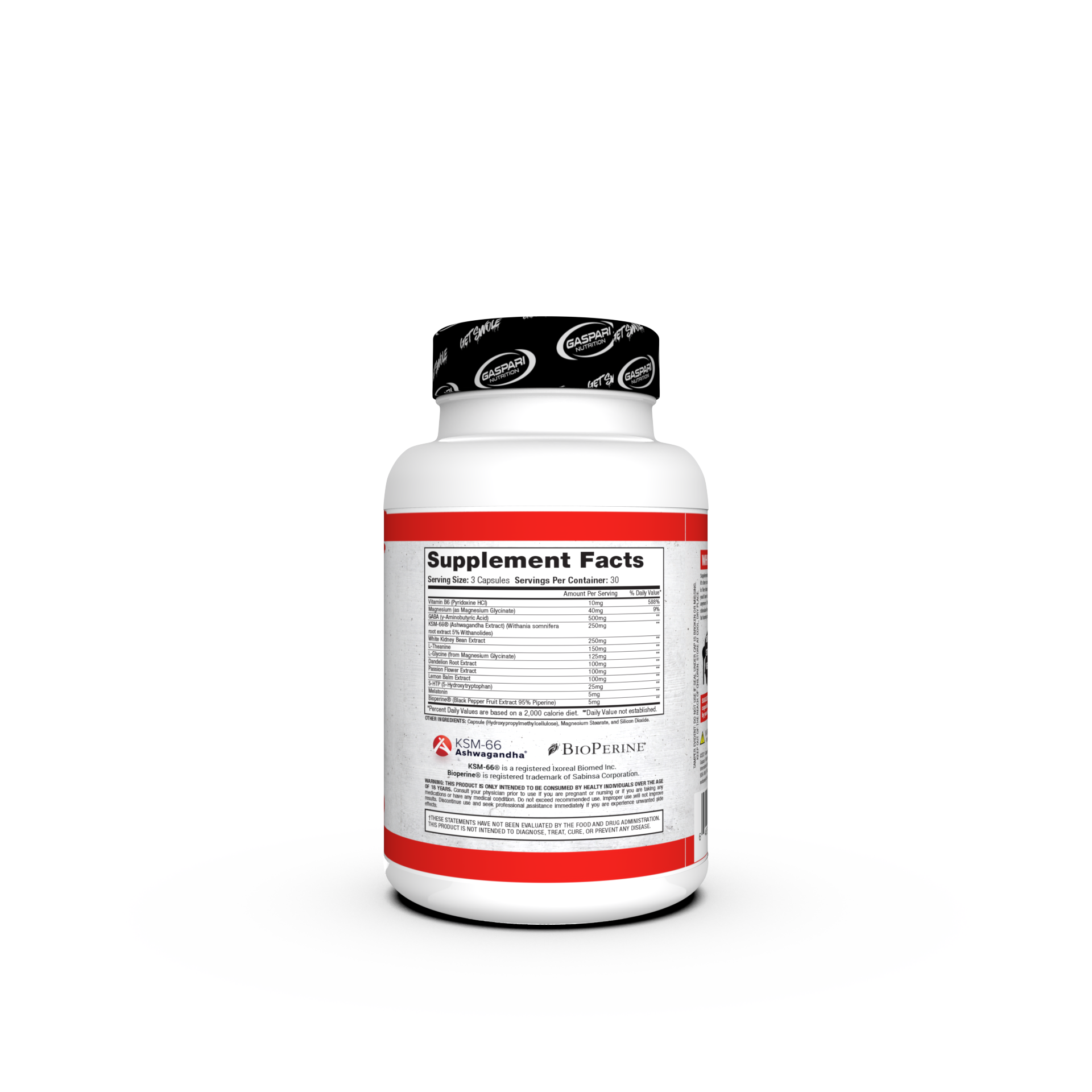
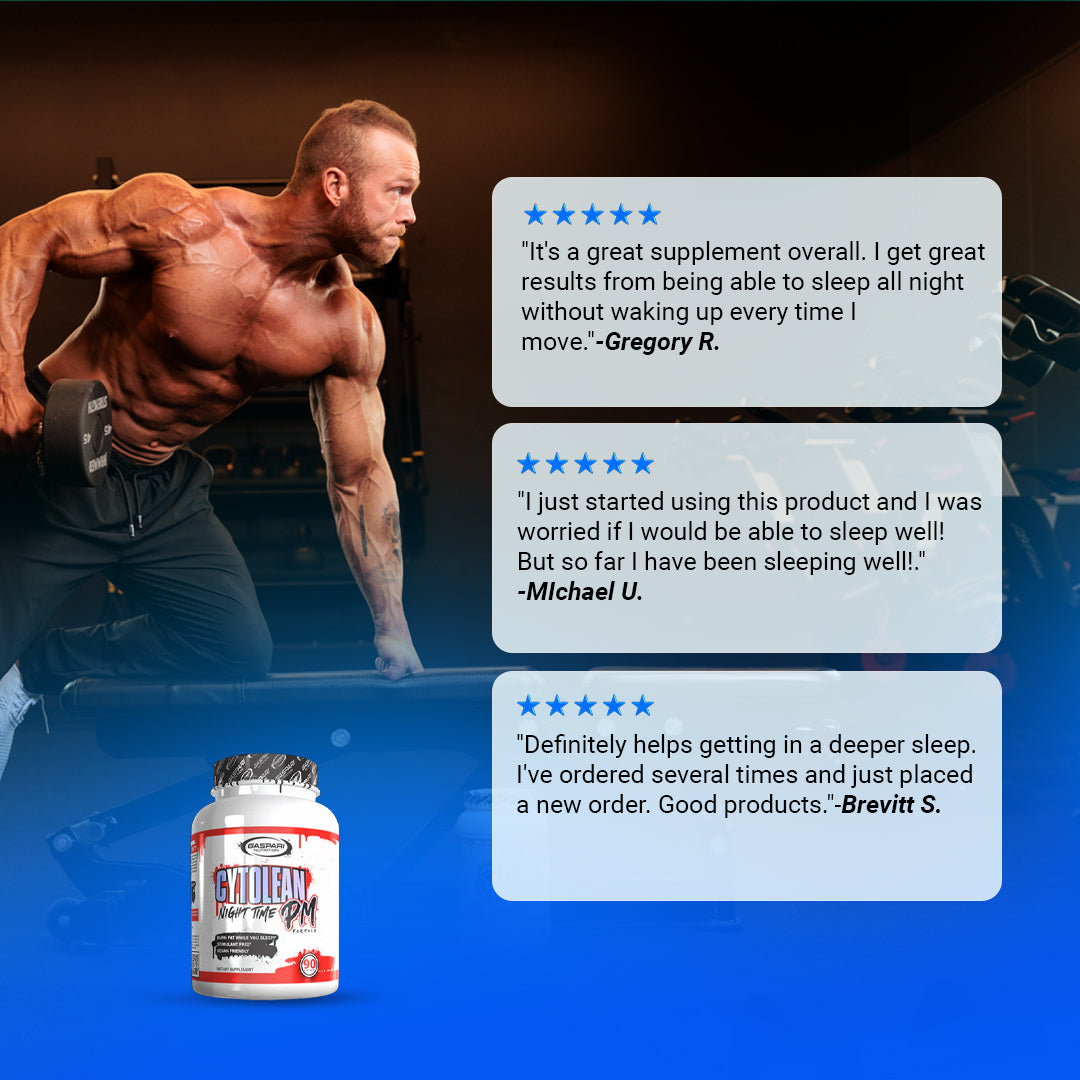

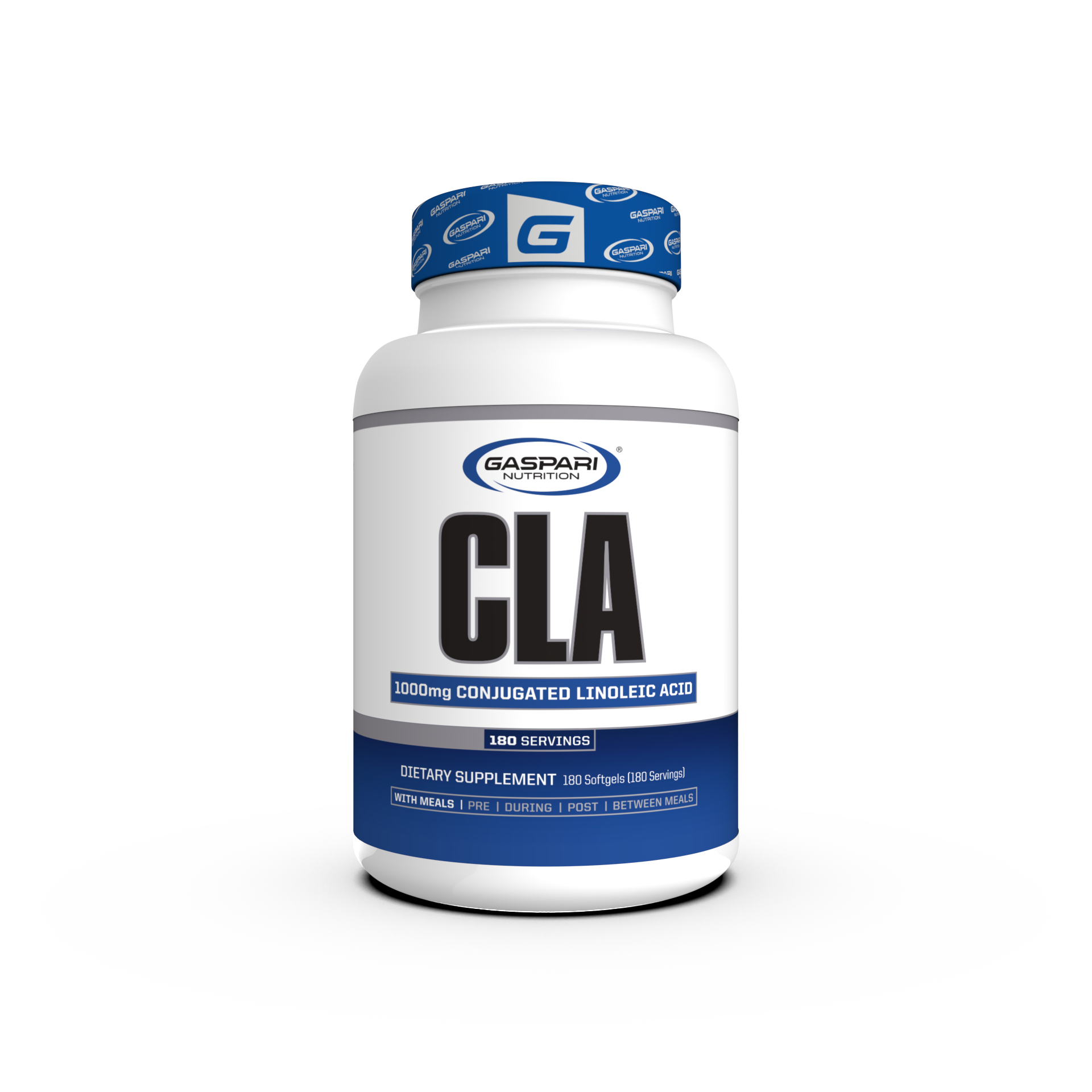

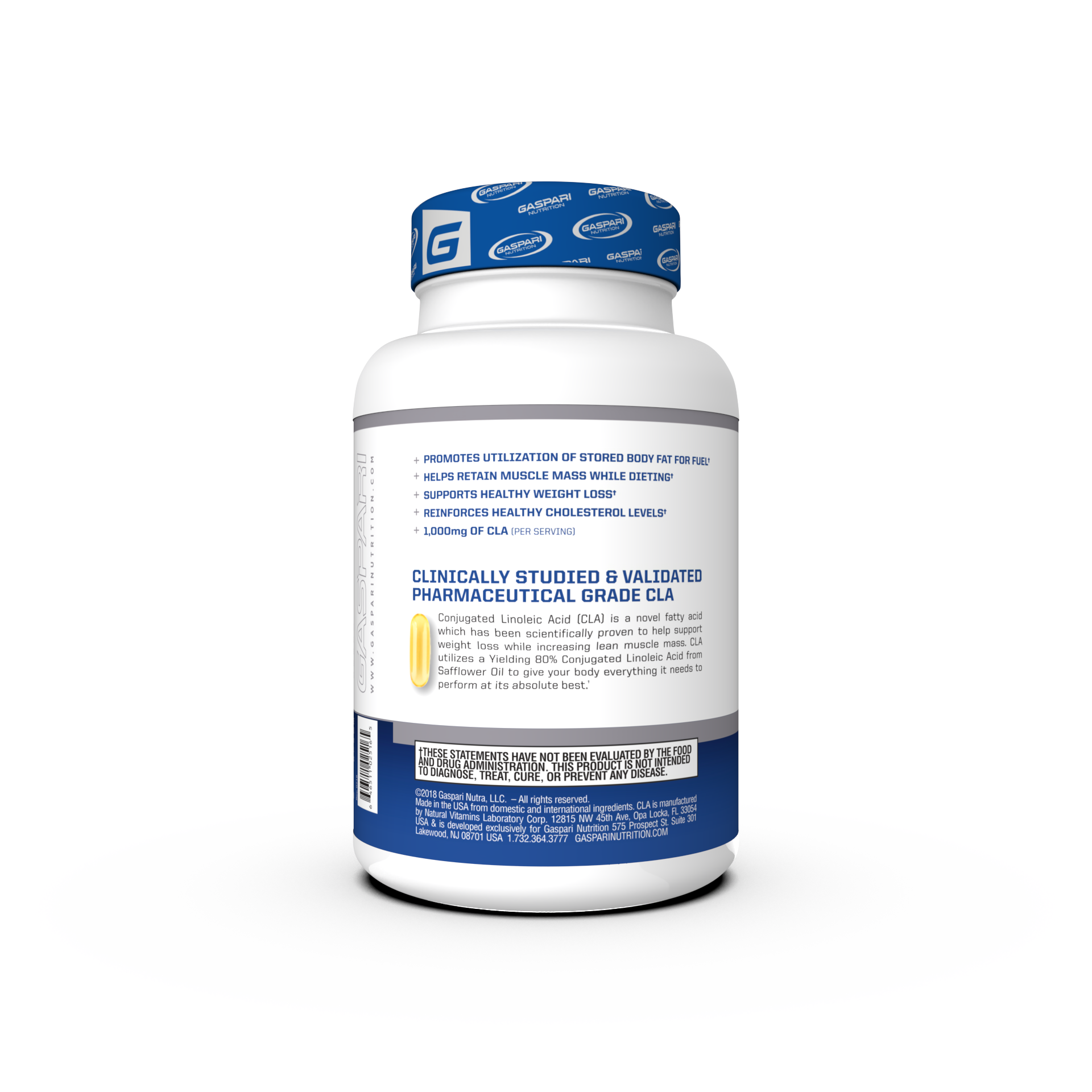



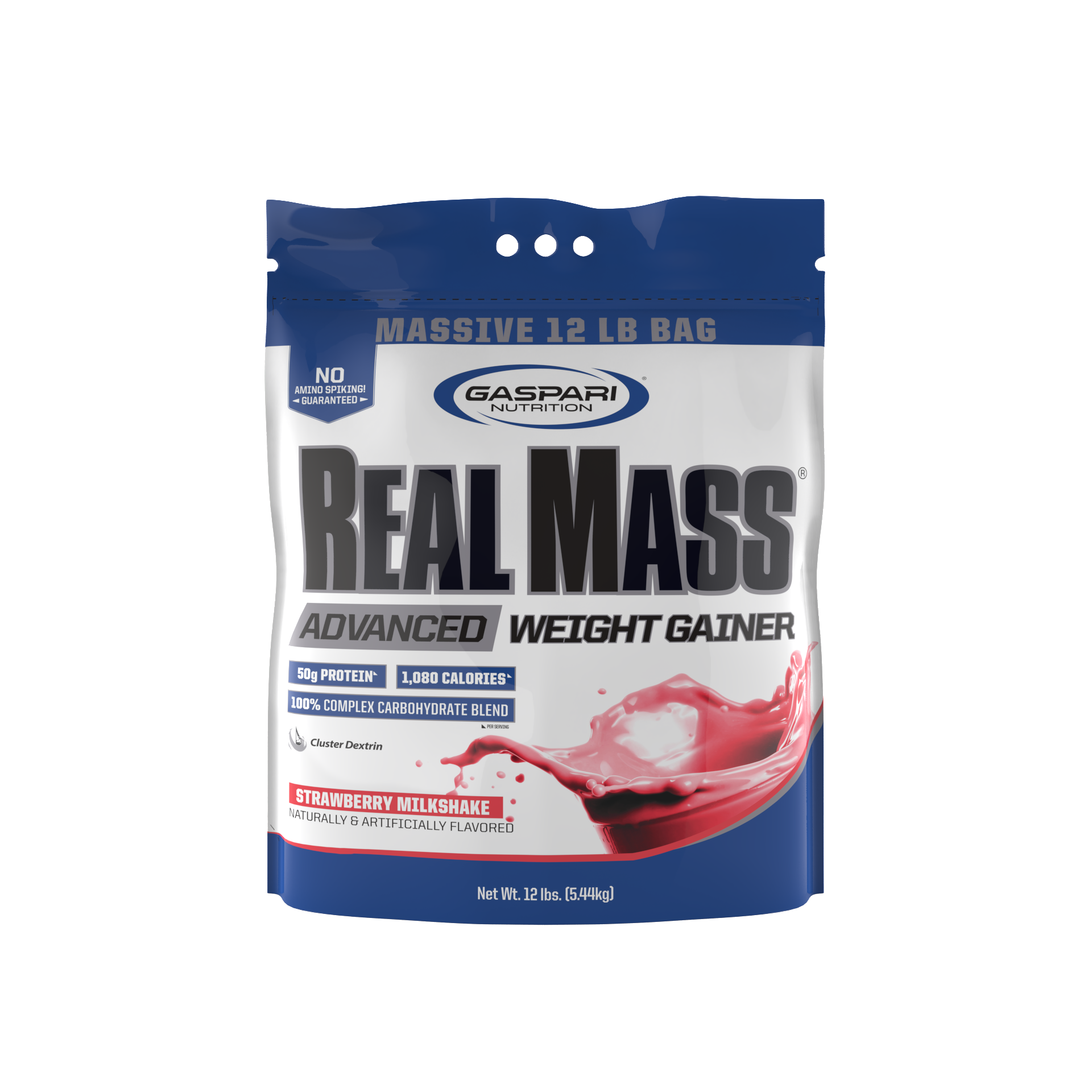

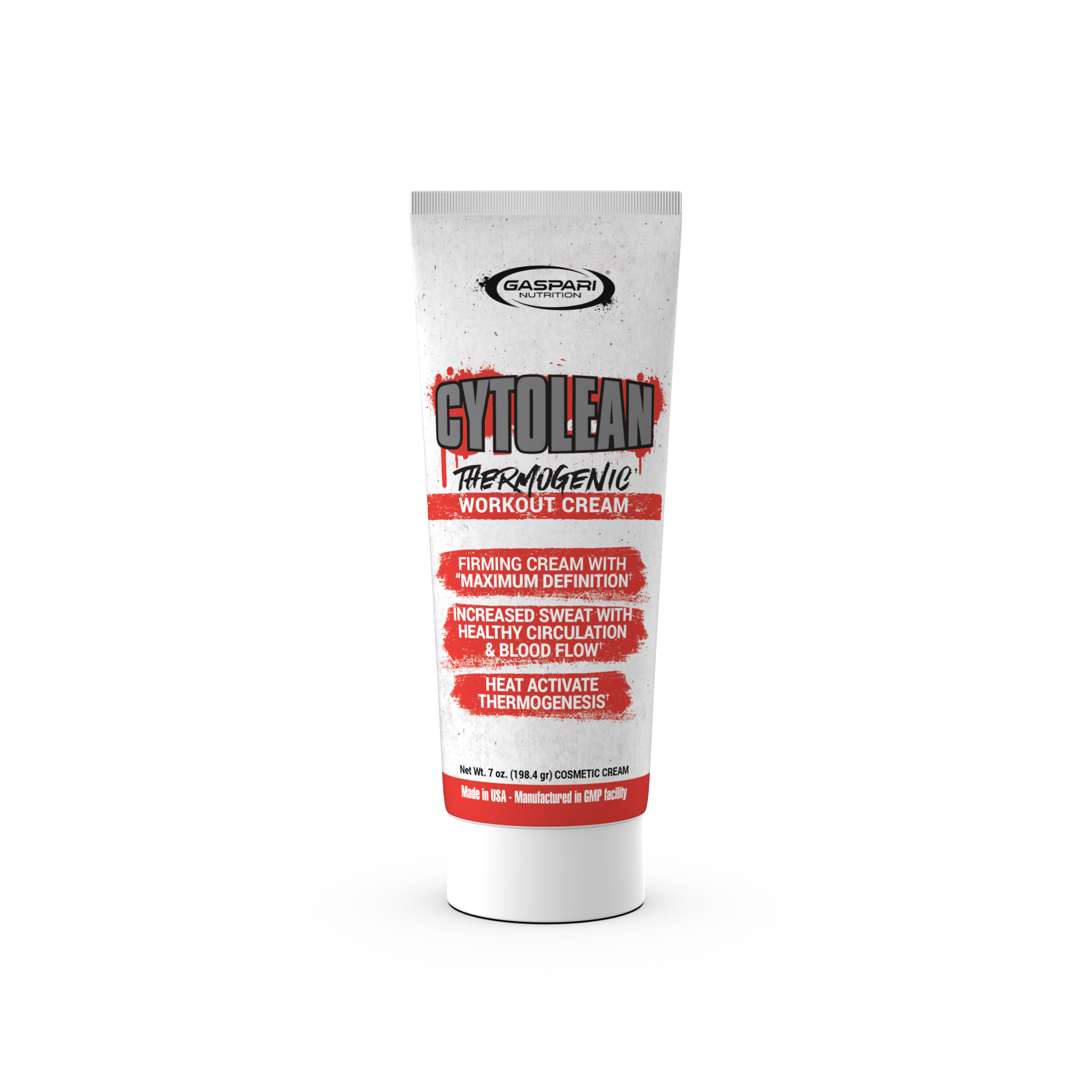


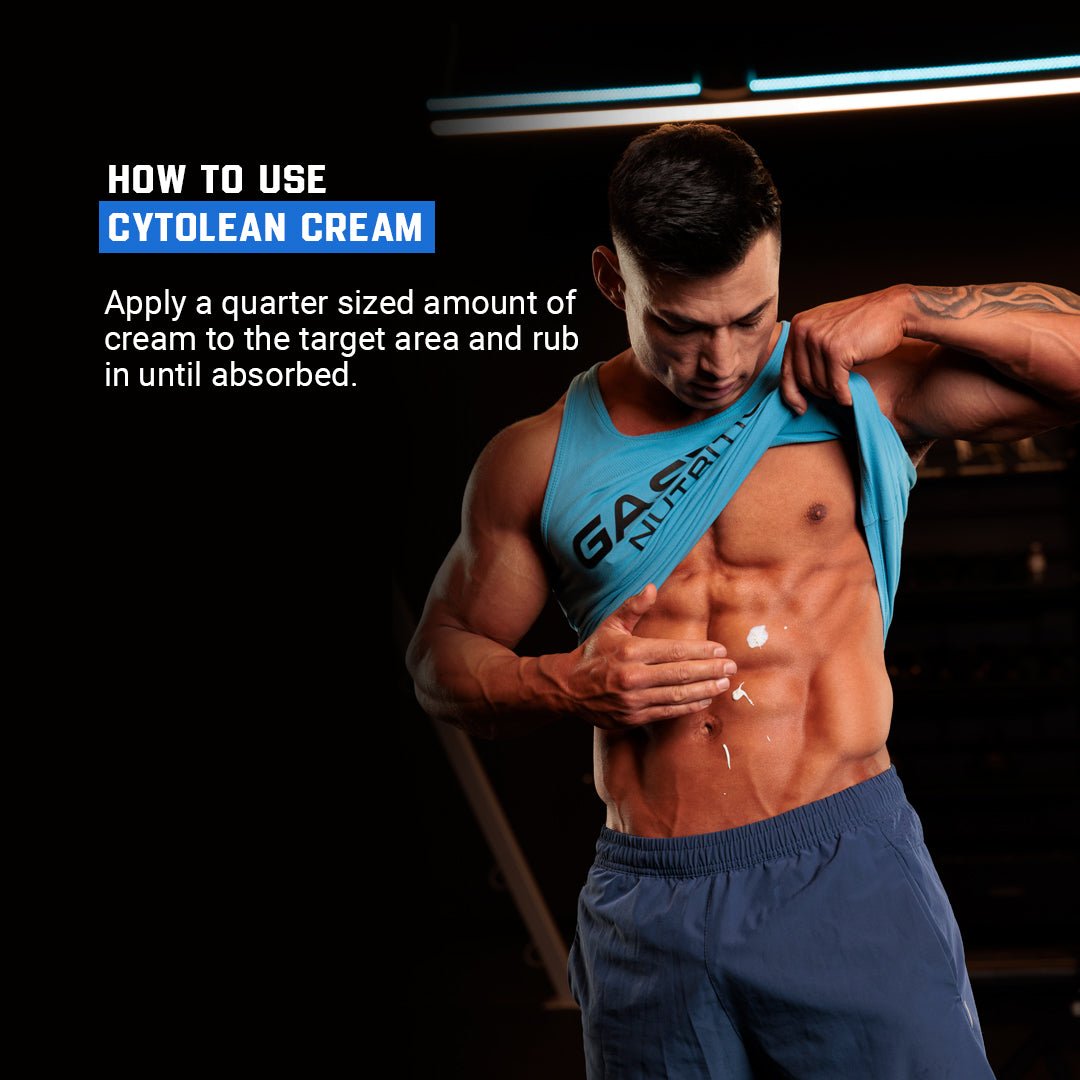

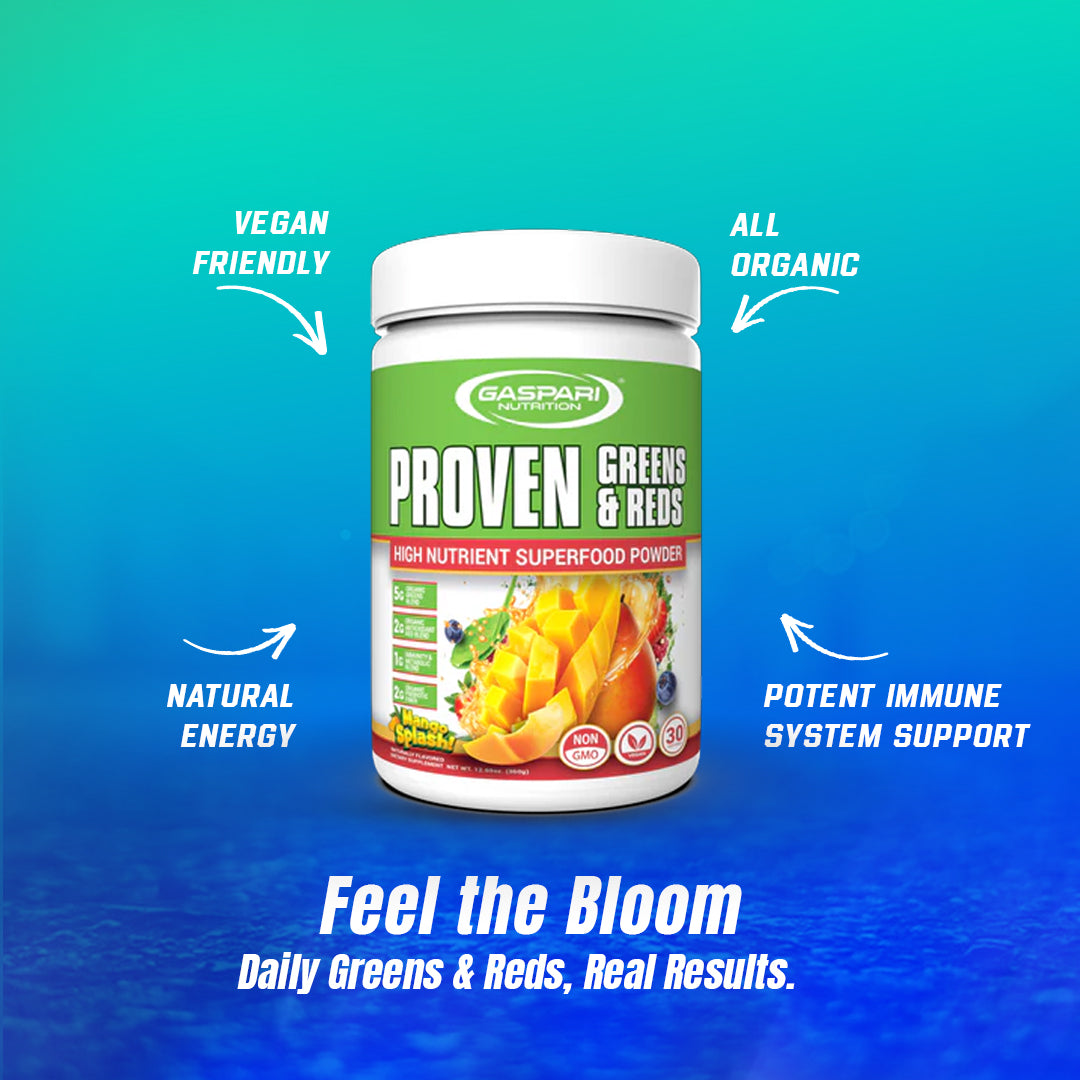

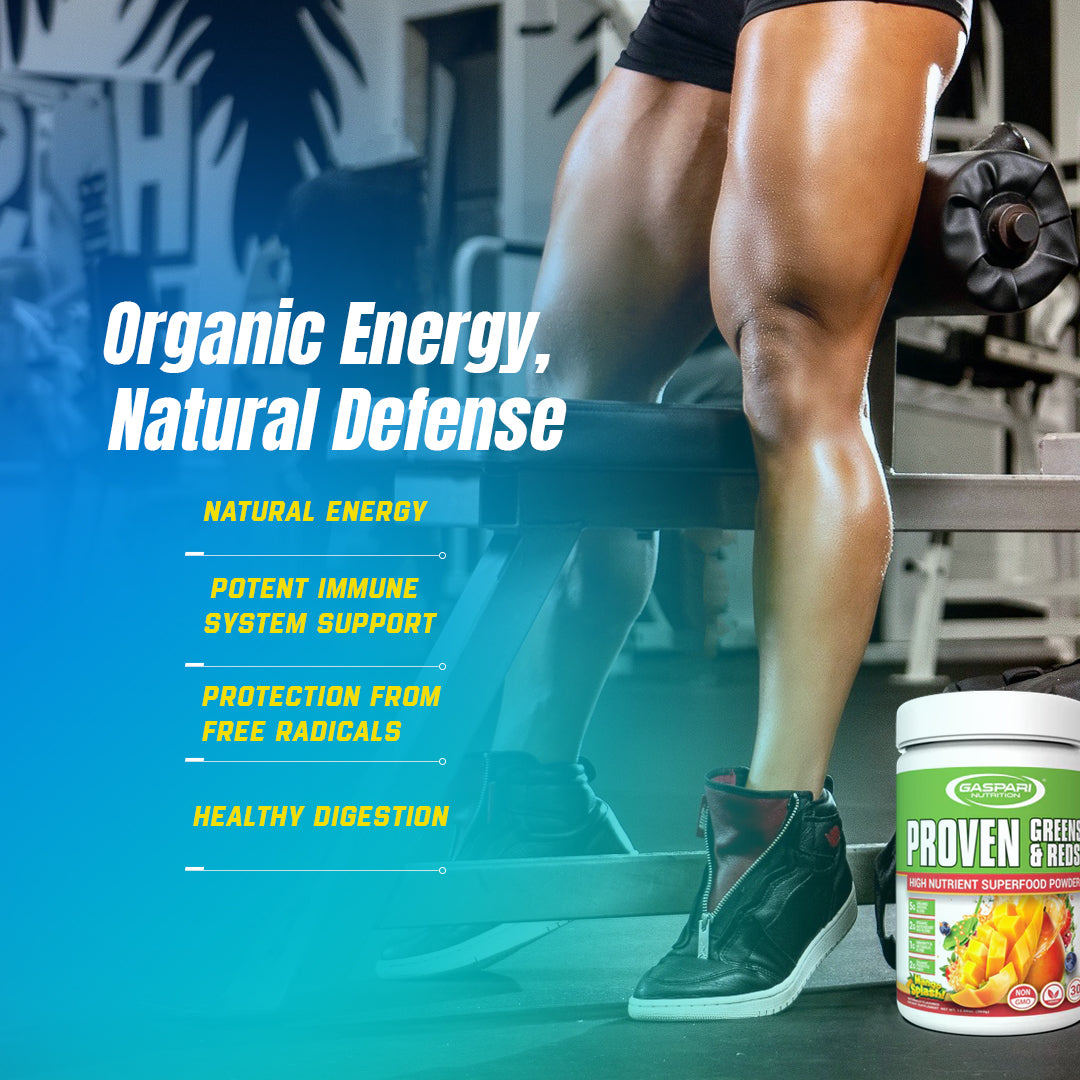

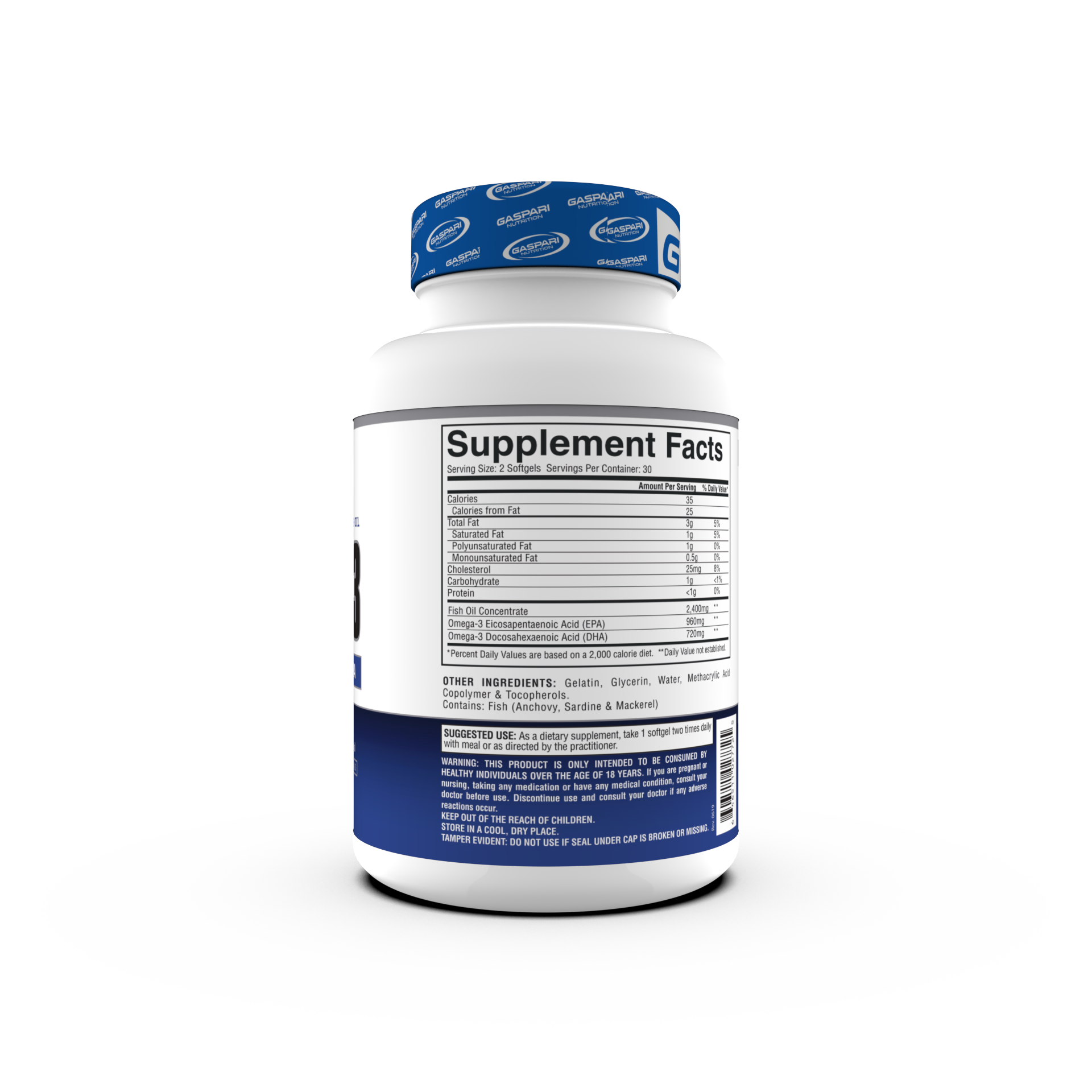
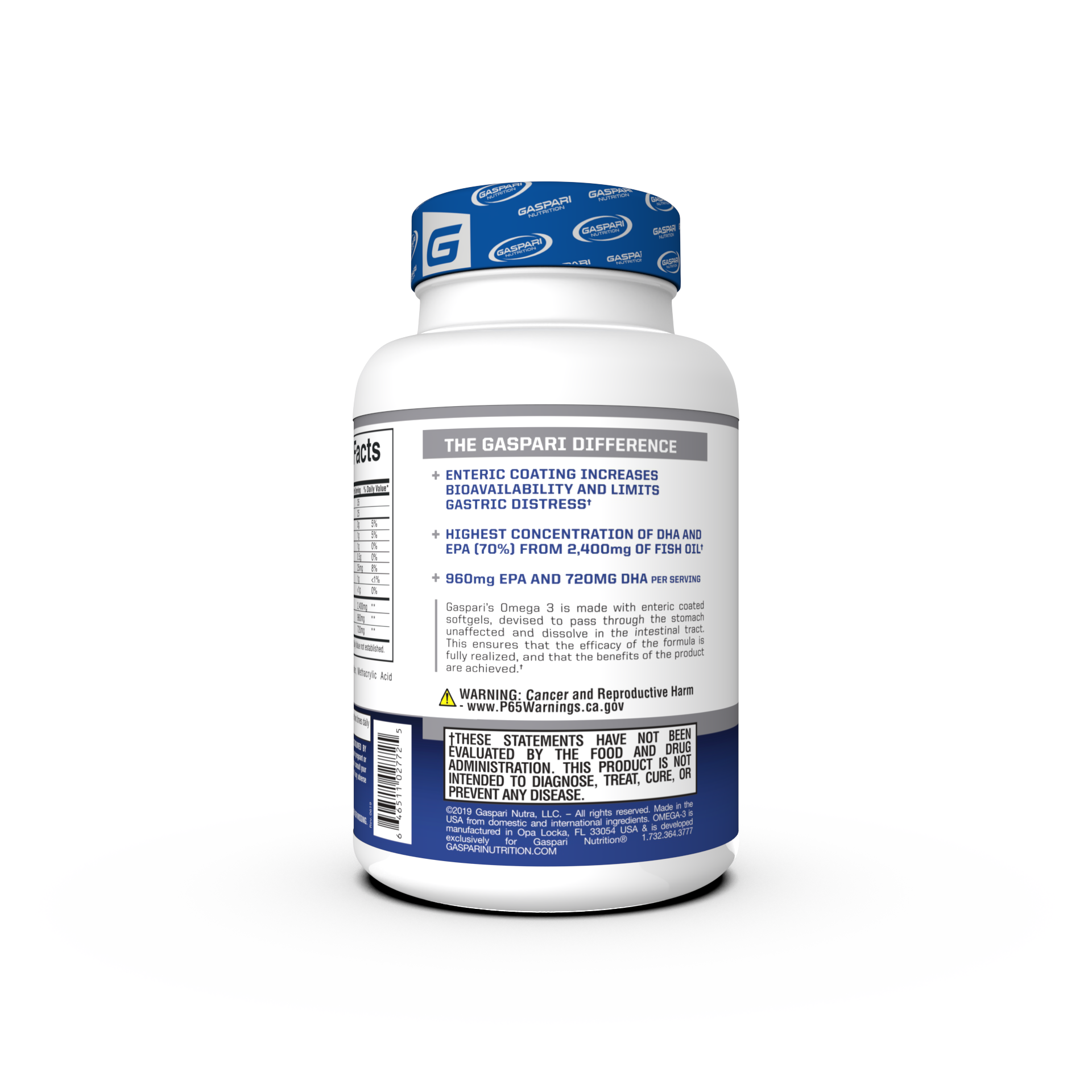

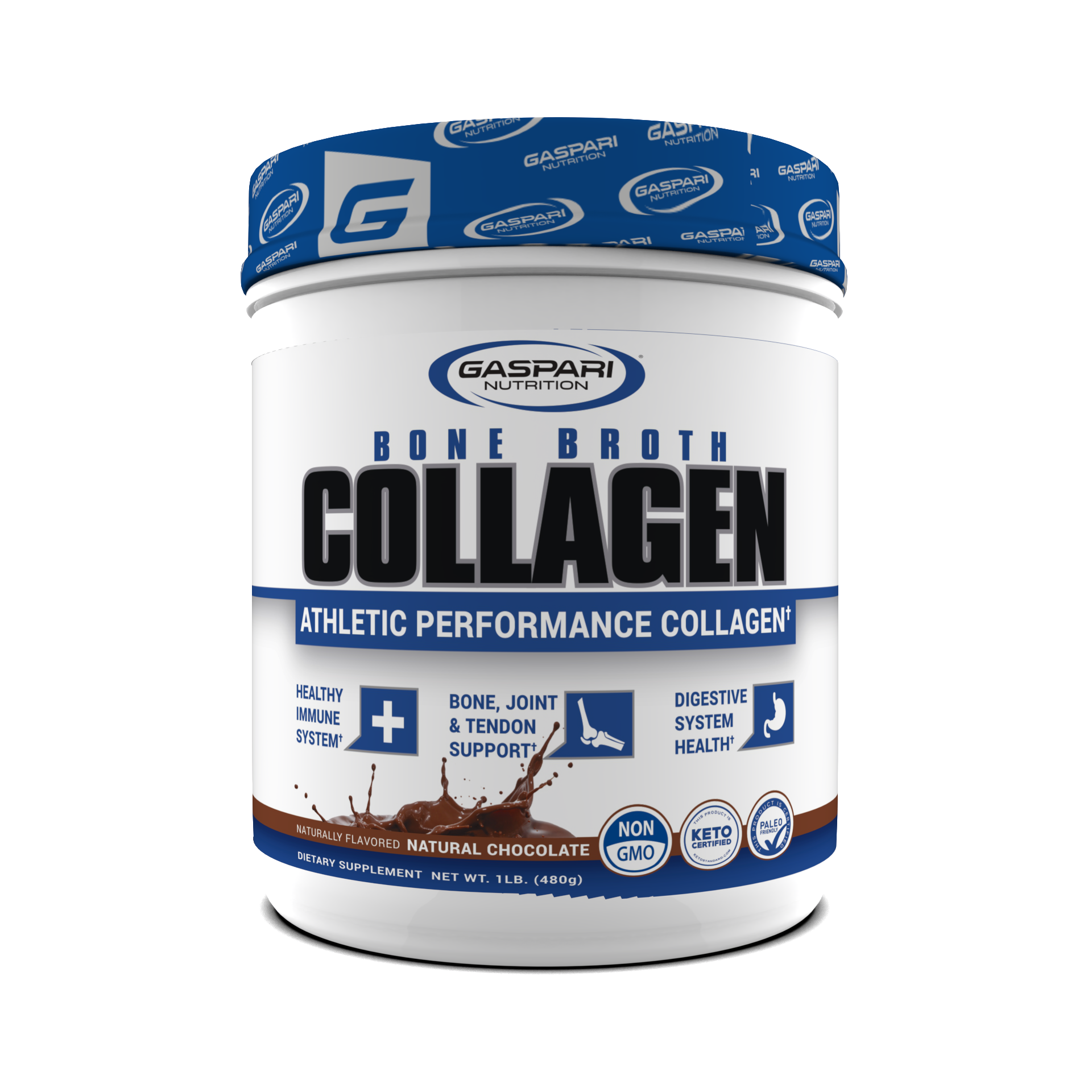







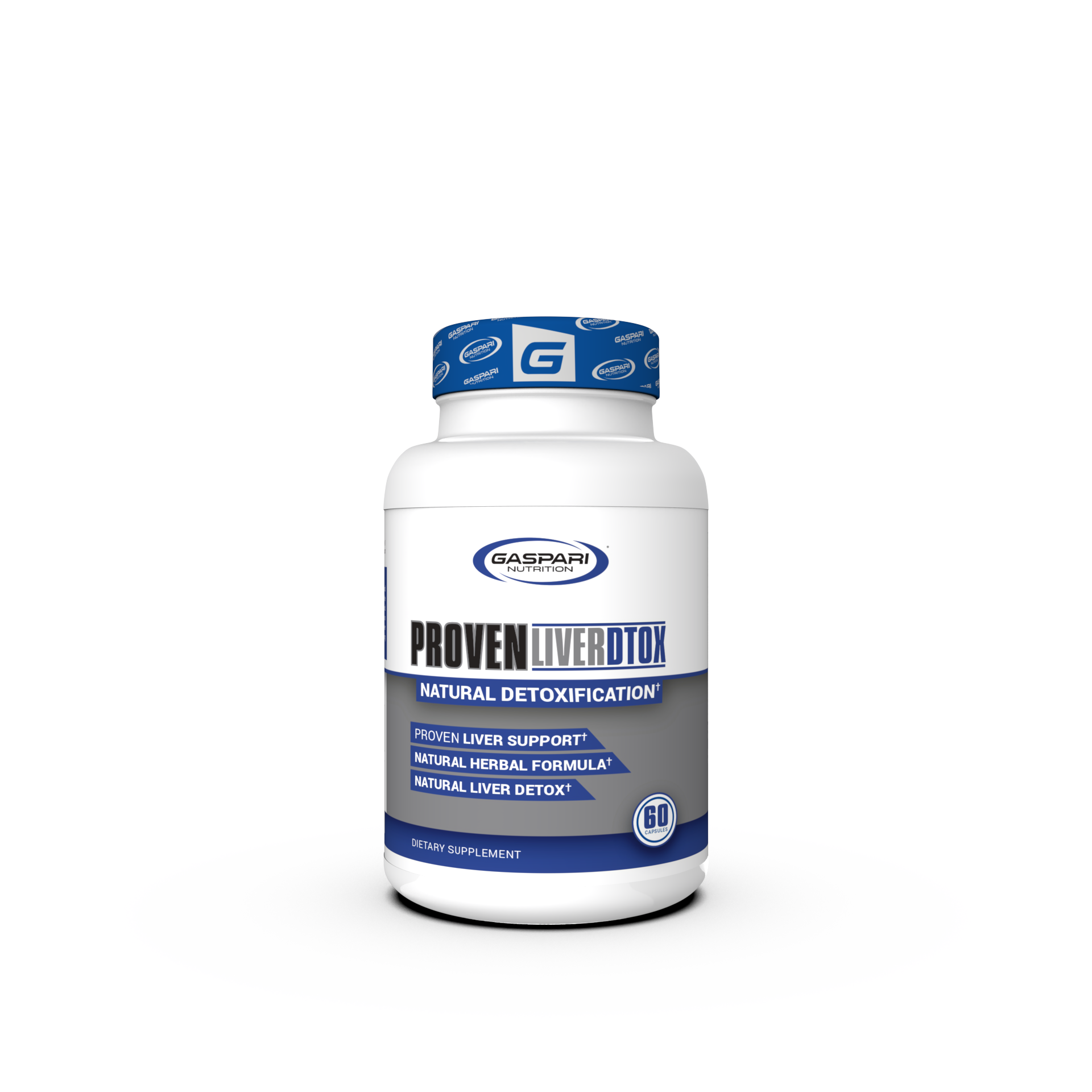

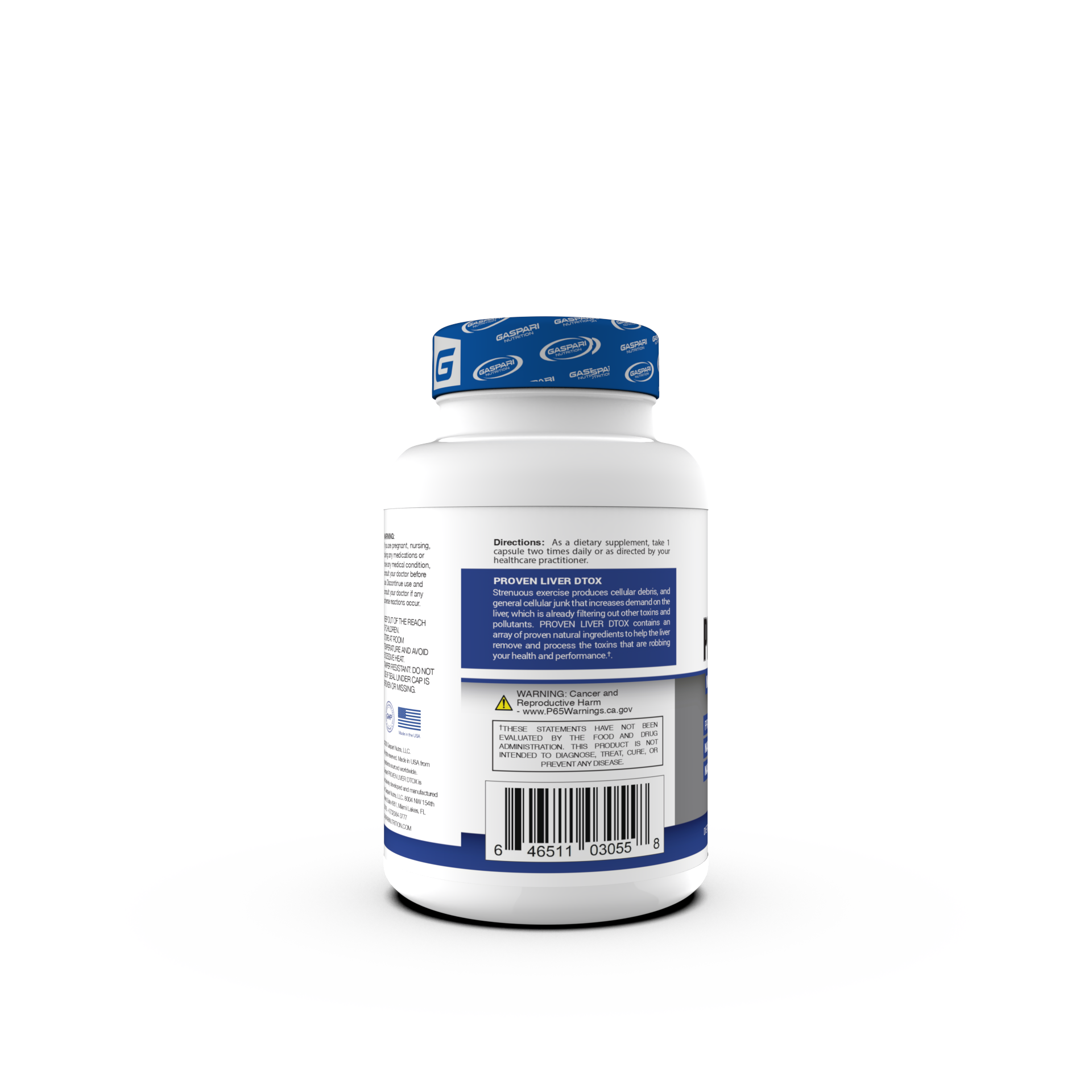

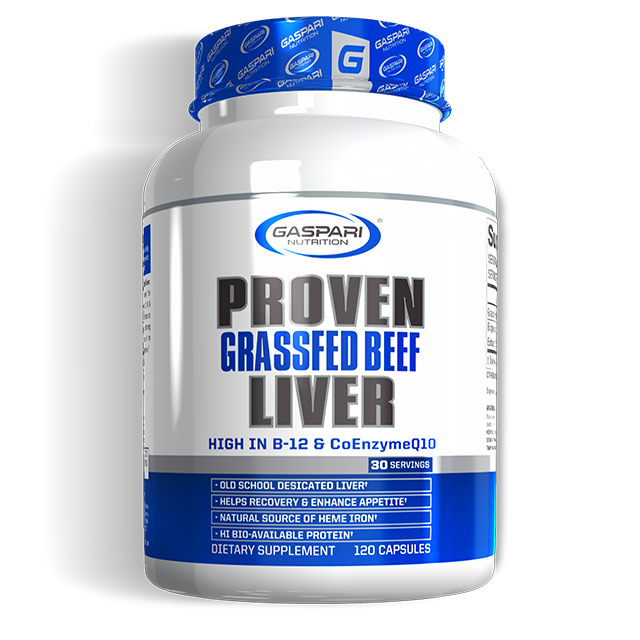





Share:
Can Eating Too Much Protein Be Bad For You?
Building A Bigger Back In 2025